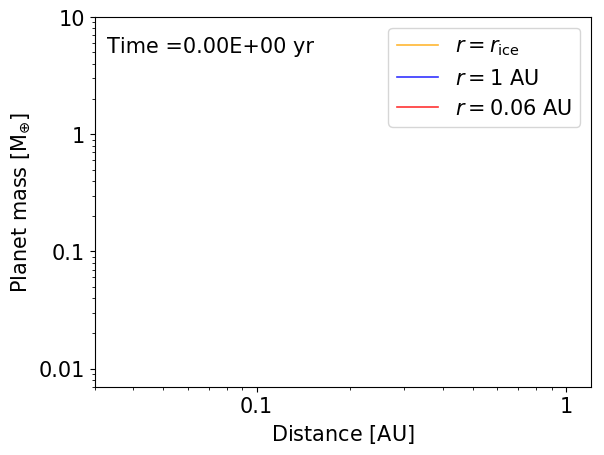How planets form around brown dwarfs?
Brown dwarfs are objects within the mass range between mature stars and giant planets. What types of planets can brown dwarf systems habour? Is the formation more similar to that of the planets around our Sun, or the satellites around Jupiter? We conduct a planet population synthesis study to investigate the formation of planets around brown dwarfs of masses between 0.01 M⊙ and 0.1 M⊙. Based on the extrapolation of numerical simulations of planetesimal formation by the streaming instability, we obtain the characteristic mass of the planetesimals. We find that this mass increases with the mass of the central host and orbital distance, and decreases with the formation time. We follow the pebble accretion of those planetesimals formed by the streaming instability and trace their growth and migration. Around late M-dwarfs of 0.1 M⊙, these protoplanets can grow up to Earth-mass planets. However, around brown dwarfs of 0.01 M⊙, planets do not grow to the masses that are greater than Mars. The maximum mass of these planets equals the pebble isolation mass. Importantly, around these low-mass central hosts, we find no channel for gas giant planet formation because the solid cores remain too small to initiate runaway gas accretion. Such predictions can be compared with future exoplanet observations. See details for Liu et al. 2020, A&A [ADS] [arxiv].

Fig.1: mass of planetesimal formed by the streaming instability vs orbital distance among different disk models.

Fig.2: planet mass vs semimajor axis for growing protoplanets initially at different disk locations around central hosts of 0.1 M⊙ (thick) and 0.01 M⊙(thin), respectively.
Figure 1 shows the mass of planetesimal generated by the streaming instability as a function of disk radial distance. The planetesimal mass is lower in the inner disk region and higher in the outer disk region, with a characteristic size of 100 km at 3 au. The disks of higher masses or/and around more massive stars generally yield more massive planetesimals.
Figure 2 provides an animation of planet growth and migration under different host environments (thin and thick refer to hosts of 0.01 M⊙ and 0.1 M⊙ respectively). The color indicates the starting positions of the protoplanets.
Figure 3 shows a Monte Carlo simulation results of 1000 protoplanets under the self-gravitating (upper) or non-self-gravitating disks (lower) with starting locations at the water-ice line (left) or randomly generated (right). The color bar corresponds to the mass of the central host. We note that the maximum mass planets can reach is equal to their pebble isolation mass.

Fig.3: planet mass vs semimajor axis for growing protoplanets with different disk conditions and starting locations.